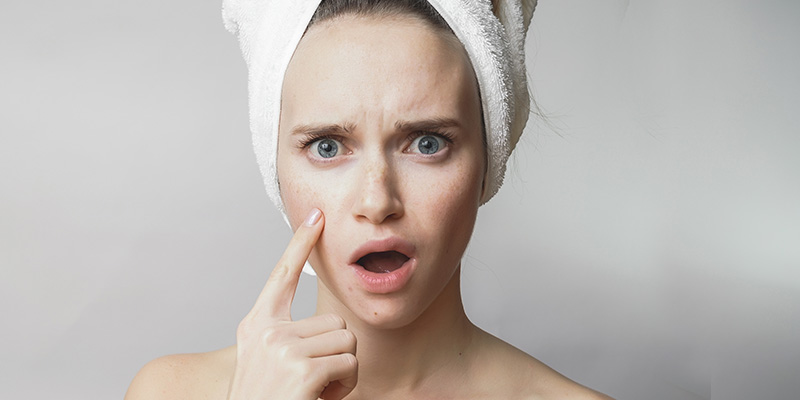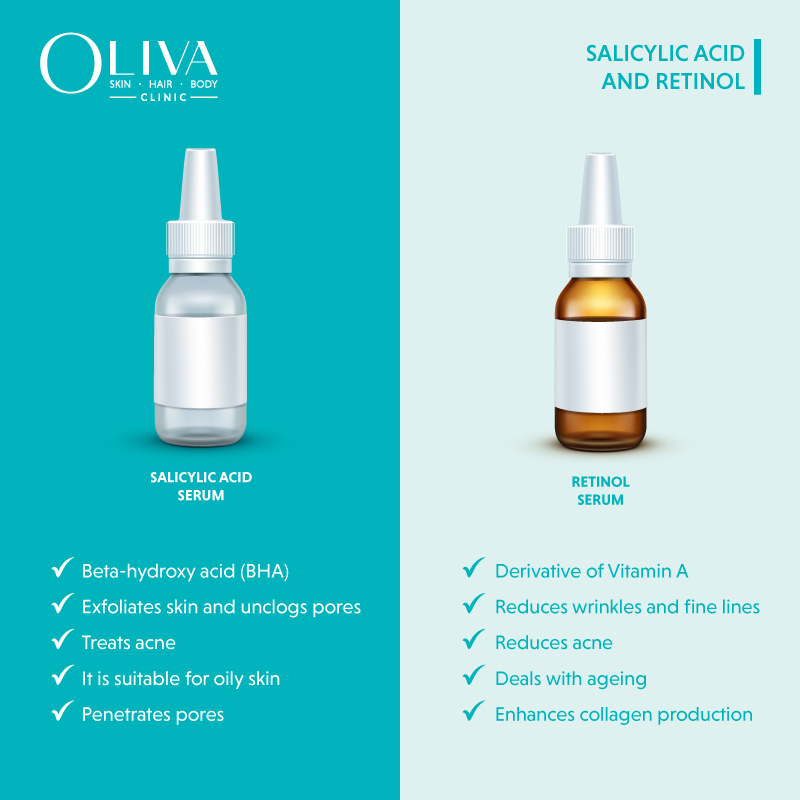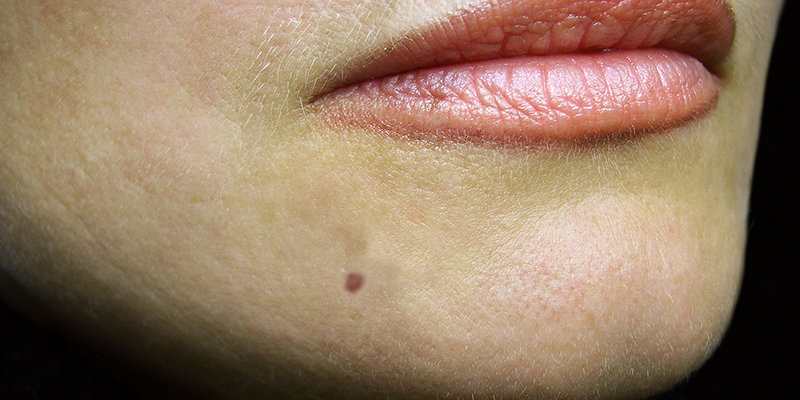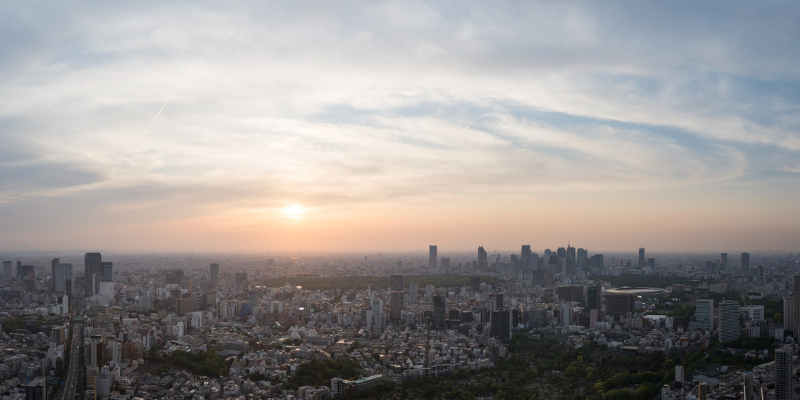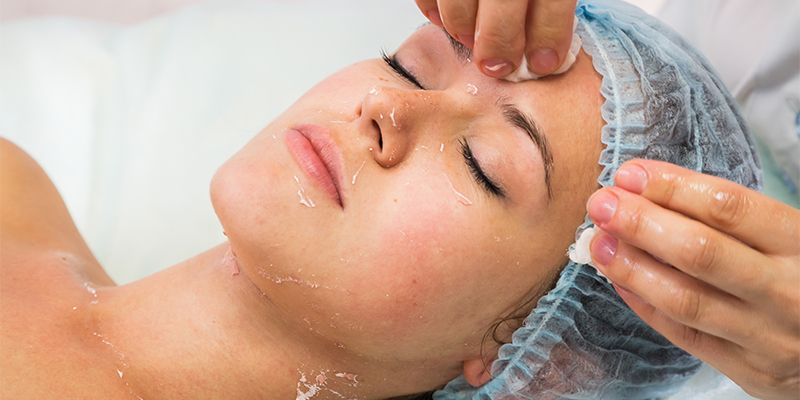Table Of Content
Kojic Acid For Skin: Uses, Side Effects And Expert Tips To Use
Kojic acid is emerging as a popular skincare ingredient for skin brightening. It is a chemical produced from Japanese rice wine and used in several skin care creams in minimal concentration. This article will cover how Kojic acid works and its various uses and benefits. Read on to know more!
Table Of Content
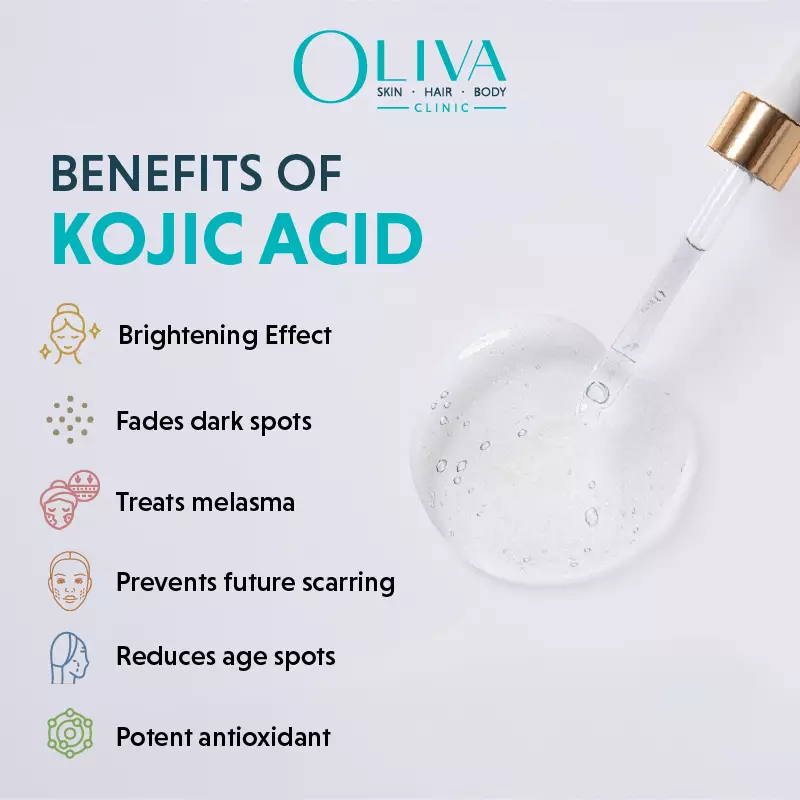
What Is Kojic Acid?
Kojic acid is a byproduct of the fermentation of Japanese rice wine and soy sauce, also produced from the fungus Aspergillus oryzae. It is a natural skin-lightening agent used in various creams, lotions, and serums. The growing popularity of Kojic acid made it replace hydroquinone as a bleaching agent. Kojic acid works by inhibiting tyrosinase, which, in turn, reduces melanin production. Thus, it works as an excellent skin-lightening agent. [1]
How Does Kojic Acid Work?
Melanin is a pigment found in our skin cells that imparts colour to our skin, eyes, and hair. This is how Kojic acid works: It reduces melanin production in the skin cells by inhibiting the activity of an enzyme known as tyrosinase, which plays a prominent role in melanin production. Kojic acid, thus, interferes with tyrosinase and its ability to produce melanin. As a result, it helps lighten the dark spots and pigmentation and promotes even-toned skin. [2]
Uses Of Kojic Acid
Kojic acid is a go-to ingredient in many topical formulations that benefit skin care. Here are some of the uses of kojic acid for the skin:
-
Treats acne:
Kojic acid is highly beneficial in treating acne or pimples. It reduces inflammation related to acne and aids in healing them faster. Regular usage of Kojic acid also helps prevent future breakouts.
-
Treats hyperpigmentation:
Kojic acid shows promising results against hyperpigmentation and related issues, such as dark spots and melasma. It does so by preventing tyrosinase from producing excess melanin.
-
Treats signs of ageing:
Kojic acid promotes collagen production and the generation of new cells. Therefore, it is an excellent source for managing age spots, fine lines, and wrinkles. It keeps the skin youthful.
-
Brightens skin tone:
Kojic acid works as an excellent skin brightening and lightening agent by preventing the formation of excessive melanin pigment in the skin and giving it an overall radiant glow. [3]
Benefits of Kojic Acid for Skin
Kojic acid possesses a variety of benefits for the skin and the body. Some of the top benefits of Kojic acid for skin include:
-
Brightening effect:
Kojic acid has skin-brightening and lightening properties. It helps control excess melanin production and protects the skin from the sun’s harmful UV rays.
-
Fades dark spots:
It helps fade dark spots and marks left by acne flare-ups by preventing the production of excessive melanin pigment in the skin and blocking the activity of the enzyme tyrosinase.
-
Treats melasma:
Kojic acid helps reduce melasma due to its melanin reduction and skin-lightening properties.
-
Prevents future scarring:
Using Kojic acid regularly helps prevent future breakouts and scarring.
-
Reduces age spots:
Kojic acid has anti-ageing properties that help diminish age spots. [4]
-
Potent antioxidant:
Kojic acid is a powerful antioxidant that improves skin texture. It also protects the skin from external damage from UV rays, and with regular use, the skin appears flawless.
-
Antifungal and antibacterial:
Kojic acid is excellent against fungal infections, such as ringworm, yeast infection, etc. It has amazing antibacterial properties and is therefore used in several formulations for its swift action against bacteria. [5]
-
Moisturiser:
Kojic acid is a commonly used ingredient in topical creams and moisturisers, including some eye creams, to nourish the skin deeply.
Adding Kojic Acid To Your Daily Beauty Routine
The application of Kojic acid is easy. One can follow the simple skincare routine described below to get the maximum benefits –
-
Do a patch test:
It is advisable to do a patch test on the forehead or arm before topically using Kojic acid. Start by applying a small quantity and keep it until evening. If there is no irritation within the next 24 hours, it is safe to use kojic acid.
-
Apply it wherever needed:
You can apply Kojic acid in two ways – either as a spot treatment to treat pigmented areas of the skin or on the entire face. Avoid applying Kojic acid on the lips and around the mouth area.
-
Follow up with a moisturiser:
After the skin absorbs kojic acid, always follow it up with a gentle moisturiser to seal it.
-
Use sunscreen:
Remember to apply sunscreen with a high SPF after applying Kojic acid, as leaving it alone can make the skin prone to sun damage.
Alternatives To Kojic Acid
There are many alternatives to Kojic acid. Here are some of the other treatment options that give excellent results for skin brightening –
- Chemical peels
- Retinols
- Prescription medication
- Laser Treatments
Who Should Avoid Kojic Acid?
Dermatologists do not recommended Kojic acid for pregnant or breastfeeding women. Also, people with sensitive skin and allergies require extra caution before using it. Therefore, it is best to consult an expert dermatologist and do a patch test to minimise any risk of side effects.
Who Should Use Kojic Acid?
Kojic acid benefits people suffering from pigmented spots, acne scarring and sun spots. It also gives excellent results against age spots.
Takeaway
Kojic acid is an excellent skincare ingredient for its antifungal, antibacterial and skin-lightening properties. However, like any other ingredient, it may have some side effects. It is advisable to use Kojic acid at a 1% concentration initially to get the hang of it and let the skin get used to it. It is best to 📞talk to your dermatologist before using Kojic acid for your skin concerns.
Frequently Asked Questions
Kojic acid suits almost all skin types. However, if you have super sensitive skin, it is best to do a patch test beforehand.
Kojic acid is advisable for adults aged 18 years and above.
Yes, dermatologists may recommend Kojic acid for its skin-brightening properties.
Stop using Kojic acid if you notice active acne breakouts or skin inflammation.
Kojic acid has minimal common side effects like skin rash, irritation, itchy skin and inflammation.
Beginners can incorporate Kojic acid into their skincare routine at 1% concentration.
Kojic acid gives long-term but temporary results.
Yes, Kojic acid can work against removing tan.
Yes, you can use Kojic acid daily.
Using Kojic acid at night is advisable as it does not make your skin more susceptible to sun damage.
Yes, Kojic acid helps remove hyperpigmentation and dark spots due to acne scarring.
You can use Kojic acid twice a day.
Kojic acid’s properties make it a bleaching agent and hence widely used in various formulations.
Kojic acid helps lighten and brighten skin. It can also reduce sun spots, age spots and acne scars.
Kojic acid offers very few disadvantages to the skin. In rare cases, it may lead to contact dermatitis.
Do not mix vitamin E, acids like AHAs and retinol with Kojic acid.
Alpha arbutin is a more powerful skin-lightening agent than Kojic acid because of its fewer side effects.


